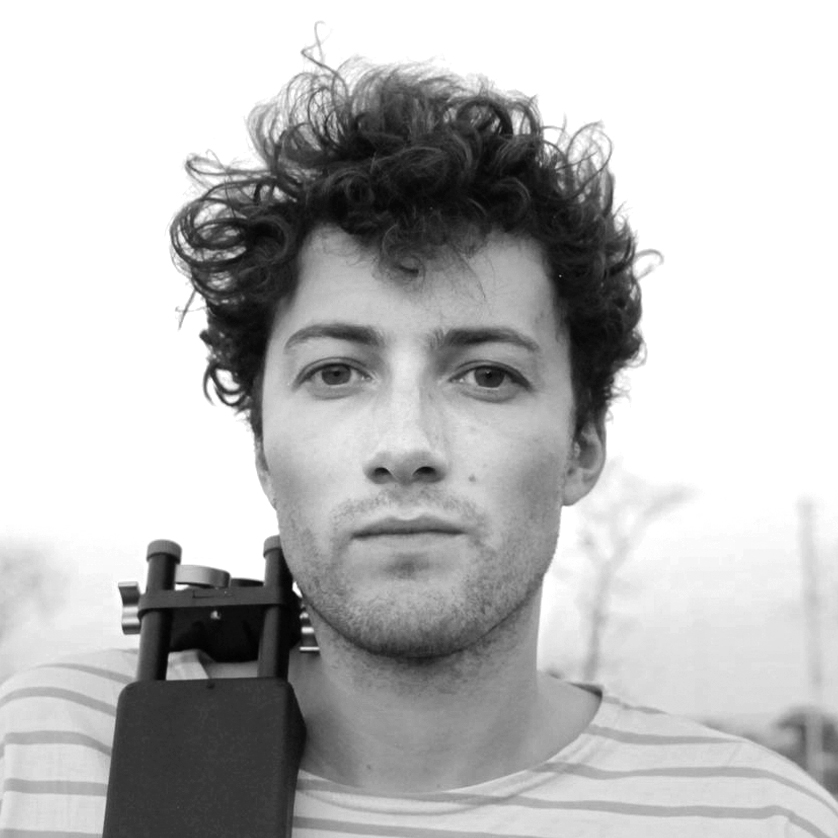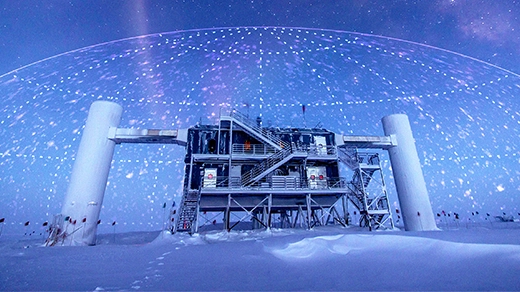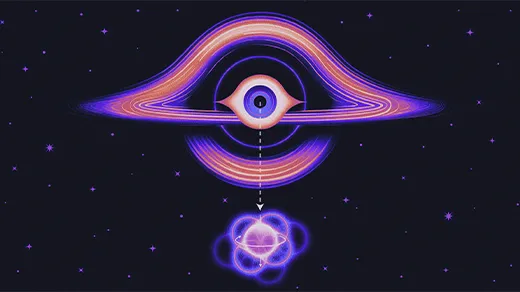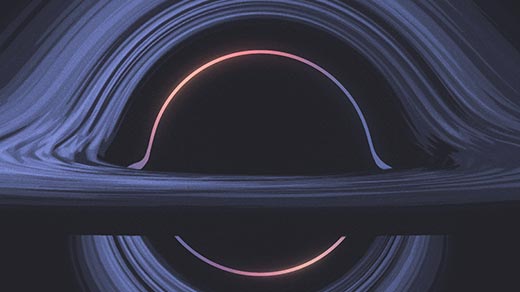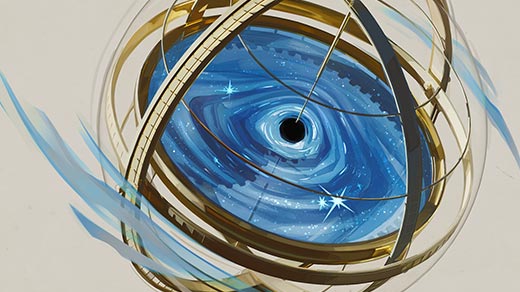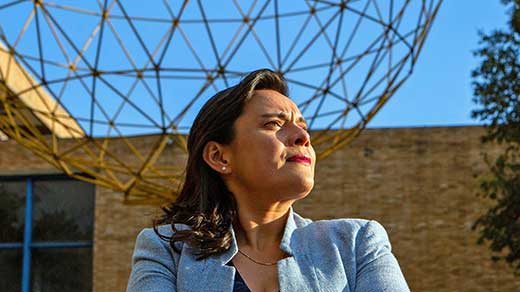Latest Articles
The Physicist Who’s Challenging the Quantum Orthodoxy
For decades, physicists have struggled to develop a quantum theory of gravity. But what if gravity — and space-time — are fundamentally classical?
A New Map of the Universe, Painted With Cosmic Neutrinos
Physicists finally know where at least some of these high-energy particles come from, which helps make the neutrinos useful for exploring fundamental physics.
Black Holes Will Eventually Destroy All Quantum States, Researchers Argue
New calculations suggest that the event horizons around black holes will ‘decohere’ quantum possibilities — even those that are far away.
She Turns Fluids Into ‘Black Holes’ and ‘Inflating Universes’
By using fluids to model inaccessible realms of the cosmos, Silke Weinfurtner is “looking for a deeper truth beyond one system.” But what can such experiments teach us?
A Black Hole’s Orbiting Ring of Light Could Encrypt Its Inner Secrets
Physicists have discovered that the ring of photons orbiting a black hole exhibits a special kind of symmetry, hinting at a deeper meaning.
What Drives Galaxies? The Milky Way’s Black Hole May Be the Key.
Supermassive black holes have come to the fore as engines of galactic evolution, but new observations of the Milky Way and its central hole don’t yet hang together.
A New Tool for Finding Dark Matter Digs Up Nothing
Physicists are devising clever new ways to exploit the extreme sensitivity of gravitational wave detectors like LIGO. But so far, they’ve seen no signs of exotica.
In Search of Cracks in Albert Einstein’s Theory of Gravity
Celia Escamilla-Rivera is combining large data sets with supercomputers to test general relativity against its little-known competitors.
Detailed Footage Finally Reveals What Triggers Lightning
Scientists have never been able to adequately explain where lightning comes from. Now the first detailed observations of its emergence inside a cloud have exposed how electric fields grow strong enough to let bolts fly.
